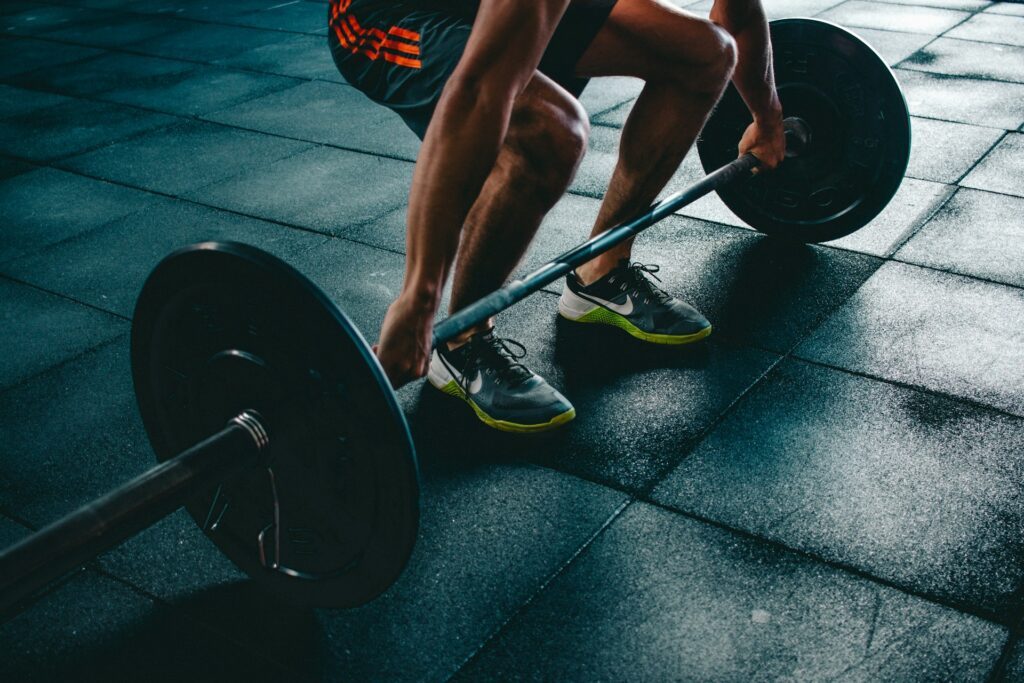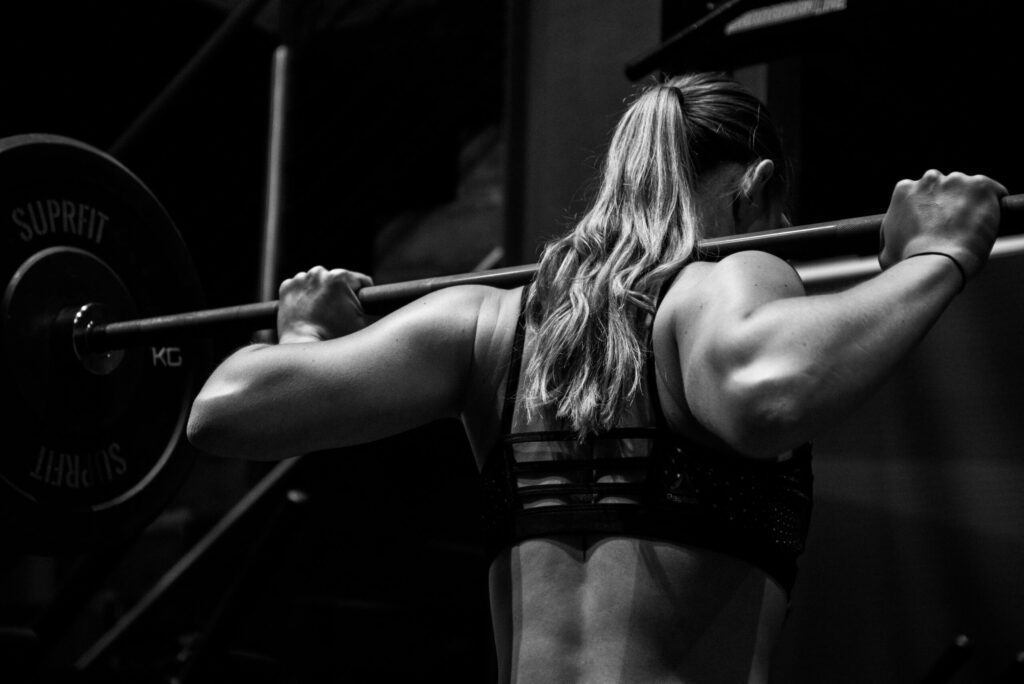Flexible Dieting & IIFYM broooo (If It Fits Your Macros). IIFYM is a concept you’ve likely heard floating around the health and fitness industry on the last decade. Essentially you can eat whatever you want within a calorie allowance and still achieve your body composition goals. Yes you can eat burgers, donuts, maccas…. all the good stuff and still lose weight.
But how?
“Just follow a calorie and macro target bro.”
Yes it’s true you can eat all this delicious food, stay within your calorie target and still lose weight. A calorie deficit is the be all end all for fat loss, we know this. Short term, eating any food you want can work, but long term focusing on a number rather than food quality will get you in trouble.
It is very easy for someone to say just hit this calorie number, hit these macros and you will be fine. Any average Joe can concoct a selection of macros and add up a number to give you a calorie total. That’s pretty much how the insta fitness coaches work. Eat these calories made up from whatever foods you like… sounds pretty attractive hey. People will then go a pay $$$ for 4 numbers and to be told they can eat the same things they currently are.
Most general population clients can’t follow this long term with little knowledge of nutrition or control over food quality. Prescribing the above is akin to a band aid over a fatal wound.
Food quality and selection is very important for your diet. I don’t say that lightly either.
If all you are doing is trying to fit the tastiest food into your calorie allowance then apart from feeling like rubbish all the time, you might want to take note on the below points.
Micronutrients
A chemical element or substance required in trace amounts for the normal growth and development of living organisms. These are typically your vitamins and minerals from foods. Highly processed foods generally have poor micronutrient profiles. Allowing this to make up a large portion of your nutrition long term is doing your body a serious disservice. The potential to develop deficiencies is likely higher than a diet with plenty of nutrient dense foods. If the majority of your foods are nutrient dense and wholesome, let’s say 70-90%, with the other 10-30% coming from those tastier foods, the likelihood of a micronutrient deficiency is going to be lower than fitting whatever into your calorie allowance.
Satiety
The feeling or state of being sated (full)
If you have ever dieted you will probably know that being full is hard to come by. With less calories coming in than your body would like, dieting causes a cascade of physiological and psychological changes. Your body being the survival driven machine it is, doesn’t know any better. If you take away food, it will fight back to restore its ‘norm’ or homeostasis. Notable changes being the increase in Ghrelin (physiological) and increased drive to eat (psychological).
Is fitting in all the tastiest, calorie foods during a diet a smart idea? Probably not. Of course if you want to be hungry, never full and miserable the whole time then yes go for it! Use your calories on low volume, calorie dense foods for that fleeting moment of satisfaction. I won’t stop you, but I hope this document makes you sit and think twice!
If you can survive dieting this way and come out the other side 6 months later and on top of that, held your weight…. I will personally bow down to you. You have the will power of 50 men.
Let’s think about this. When you charge your phone overnight, do you want it to be fully charged of ¼ charged when you wake up.
Fully charged obviously.
Similar to a diet, do you want to be as full as you can from the foods you eat or do you want to feel half full all the time. I know for sure which one I am about. I saw a quote the other day when I was halfway through this document. It is from Jackson Peos – “more variety = less satiety”. More ingredients in your foods generally leads to less satiety.
Trigger foods
Food that sets of a ‘switch’ where the control of over eating is lost.
Trigger foods are a thing and terms of dieting they can be a real problem. It’s not uncommon to undo weeks and weeks worth of dieting when trigger foods are encountered.
“So coach, I want to lose fat”
“1500 calories, 100P, 150C, 55F. Hit these and eat whatever you want because I’m not about any restriction”
A few weeks in of feeling hungry and tired that person spots a tub of ice cream on special! A few hours later the whole weeks deficit is ruined.
Some of you are probably barking up the “but you’ve just got to restrain during a diet” tree
Yes I agree, but simply saying fit any foods into your macros is a task not many can successfully complete. Have you heard the saying “Give them and inch and they’ll take a mile”.
But what about the insta influencers you ask… “I see them all the time eating out all the time and they still have abs”.
It’s a lie. Firstly, this is only a snap shot of their day! Anyone that looks like they do, don’t eat like that all the time. Second, they are likely getting paid for the image. I’ve encountered people who will pose for a photo and not eat anything in that’s in front of them.
Now I’m not saying completely avoid a certain type of food. No food in isolation will harm you (unless allergic, then it may f&%k you up). It just might be the more conducive decision to put that certain food aside for a dieting period and then reintroduce it at a later time.
Longevity
Alright so this is purely a subjective point. There’s probably nothing really set in stone in terms of evidence to this point but hear me out.
Cumulative effect is defined as ‘the state in which a series of repeated actions have an effect greater than the sum of individual effects’
Let’s say year after year you have adopted the approach of eating whatever fits your macros and you’ve been making this up of highly palatable and poor nutrient profile foods. Let’s also say for arguments sake, this decreased your performance by 0.5% per year.
That’s a tiny number for a year you may not even notice it short term. But if the approach was adopted for 15 years not knowing any better that can add up to a 7.5% performance decrease.
Again, please bear in mind that this point is highly subjective and these numbers are probably not as severe as I might hypothesise but I still think a difference will be made long term.
Unpredictability
Being able to assess data and trends during your weight loss is vital. Knowing when to change certain variables when things seem to progress to fast or not fast enough, stall and even go backwards is important. What we know about weight loss is that the majority of the time it isn’t linear. One day you might be down, the next day you might be up. However, if we took a step back and looked at the whole diet, we would want to see the resemblance of a linear trend downwards on the scale.
We know the scale can be heavily influenced. Introducing different foods constantly can influence things like body water retention and gut residue. Both have major impacts on your scale weight. For example, we eat a new yummy meal that fits our macros but unknowingly contains lots of sodium and we wake up the next day 900g heavier. Panic stations hit and calories are dropped further and cardio upped. Yes, the further drop will probably cause more weight loss but we may not have needed to do this just yet. We may have been able to eek out some more weight loss on the higher calories with food that allows us to see more predictable scale movement. Introducing all these different foods will set you up for high variance in scale weight.
Summary
If you are looking to implement flexible dieting, be wary of just eating whatever you want to fit a number. Whilst it sounds very attractive and many coaches and so called professionals take advantage of this, if it was that easy then everyone would be doing.
Long story short, there is nothing inherently wrong with flexible dieting…. It’s the misapplication of it’s principles where people slip up. Flexible dieting done correctly is not a free for all. Rather, you still make good food choices a majority of the time but you also have a tool that allows for some variation when desired.










